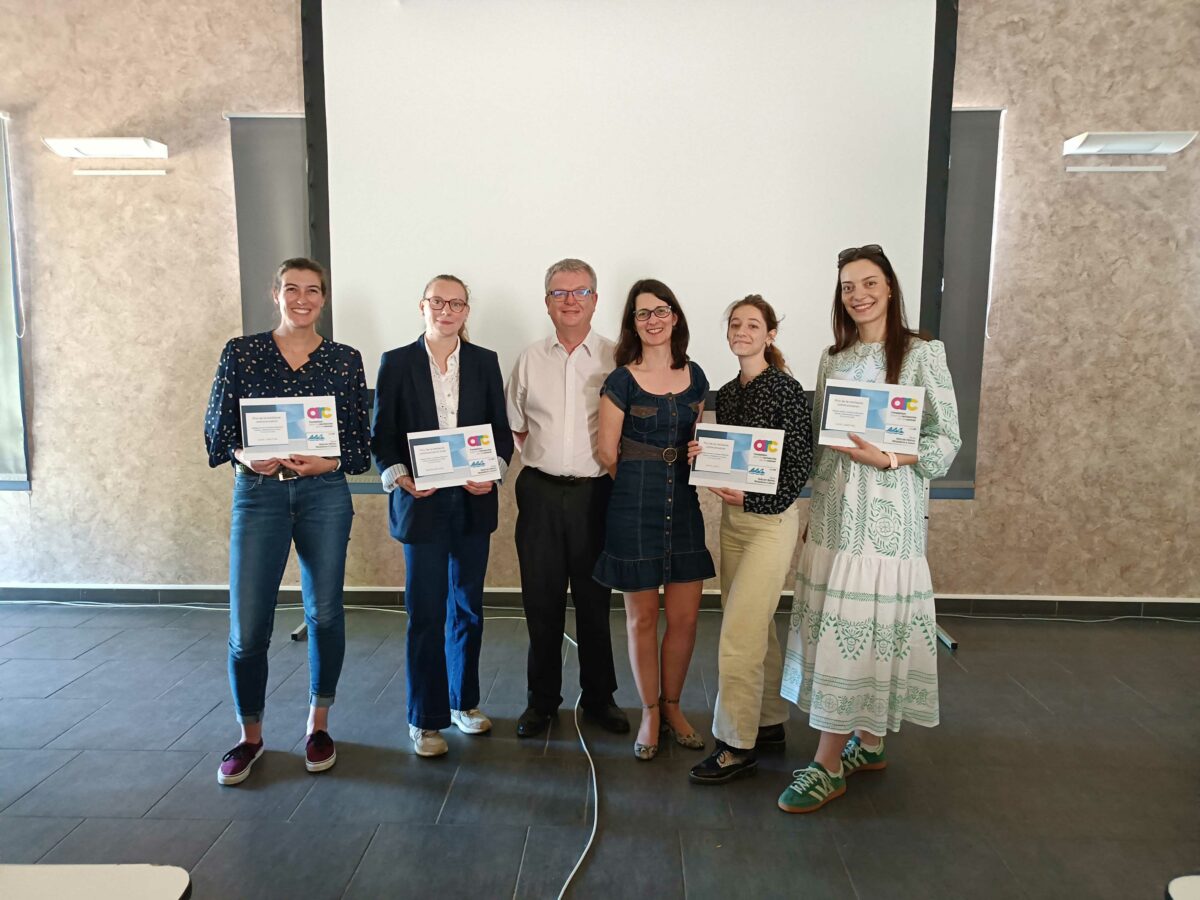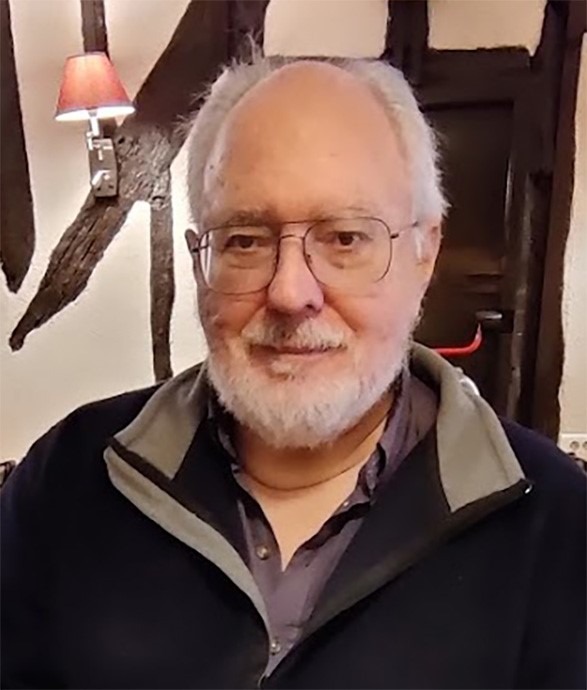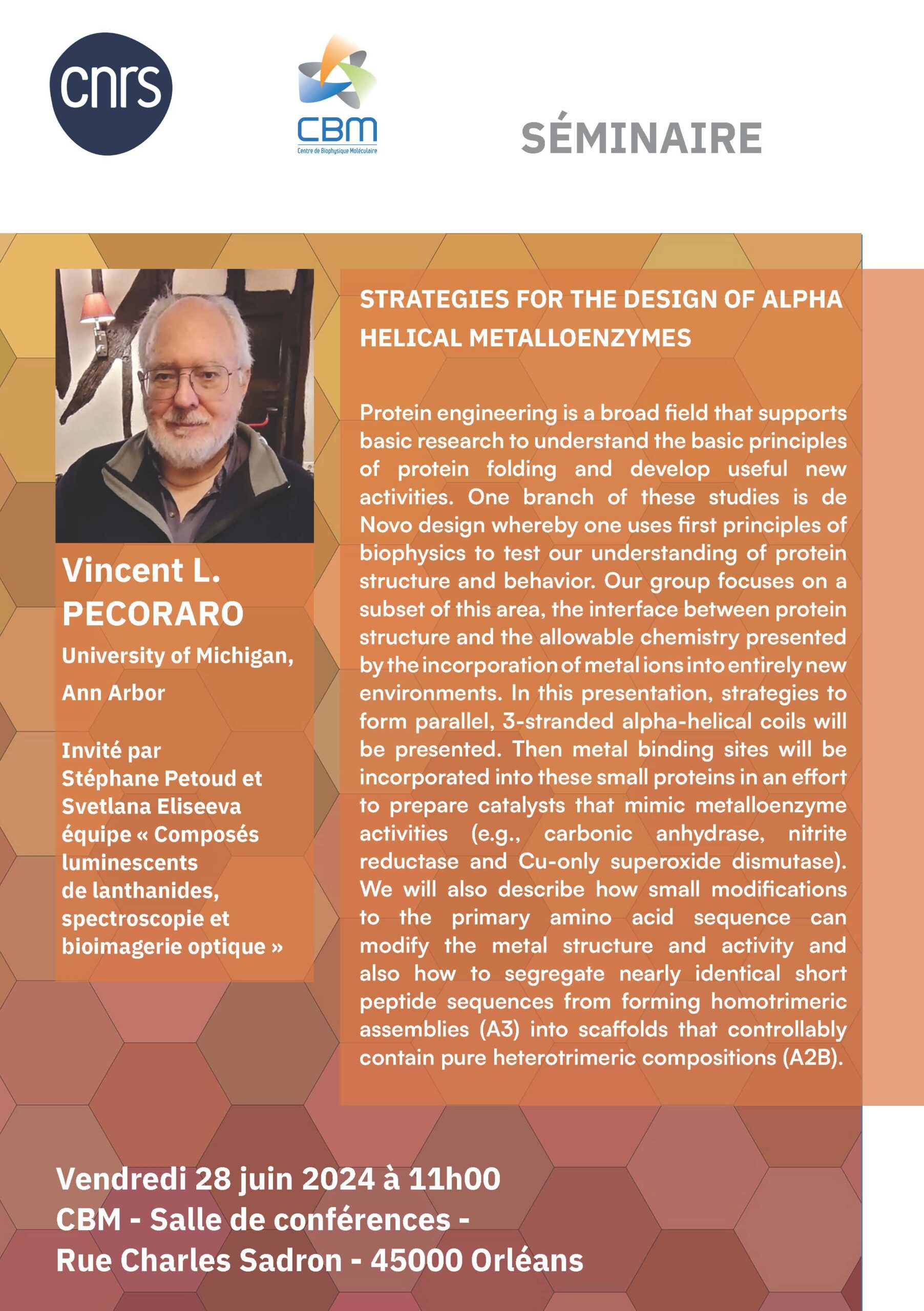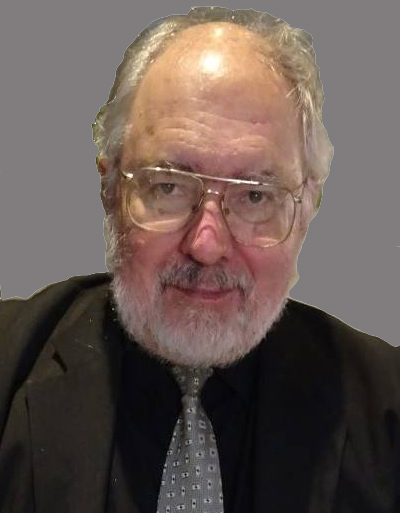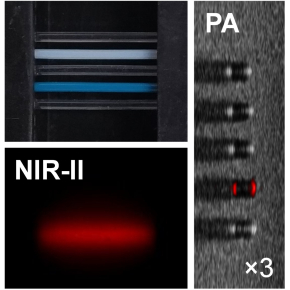The members of the ‘Luminescent Lanthanide Compounds, Optical Spectroscopy and Bioimaging’ team have been working for many years on the design and synthesis of supramolecular complexes based on lanthanides emitting in the near infrared, which function as optical imaging agents for biological experimentation and medical diagnosis. They have designed lanthanide-containing metallacrown complexes that have proven to be very promising candidates due to their very high brightness. However, until now, these metallacrowns had a significant limitation due to their excitation wavelengths, which were limited to the ultraviolet part of the electromagnetic spectrum. These wavelengths pose a problem for biological imaging because they can severely disrupt or damage the biological system being observed.
They have overcome this major limitation by designing and synthesising a new family of metallacrowns that have lanthanide sensitizers that can be excited in the visible range of the electromagnetic spectrum. The structure of these metallacrowns is innovative: the sensitizers are attached to the periphery. Thanks to this approach, researchers were able, for the first time, to use a metallacrown to label living cells and image them using near-infrared microscopy. This work opens up major prospects for the use of lanthanide-based molecular complexes for near-infrared imaging in vitro and in vivo.
This major innovation was reported by CNRS Chemistry on its website.
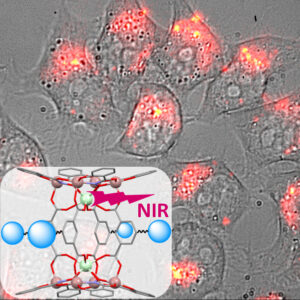
Caption: Near-infrared luminescence image superimposed on the white light image obtained from living HeLa cells in which lanthanide metallacrowns, whose structure appears inlaid, were incubated.
Article references:
Novel lanthanide( III)/gallium( III) metallacrowns with appended visible-absorbing organic sensitizers for
molecular near-infrared imaging of living cells
Timothée Lathion, Julie Bourseguin, Svetlana V. Eliseeva, Matthias Zeller, Stéphane Petoud, Vincent L. Pecoraro
Chemical Science, 2025, 16, 12623. https://doi-org.insb.bib.cnrs.fr/10.1039/D5SC01320H


